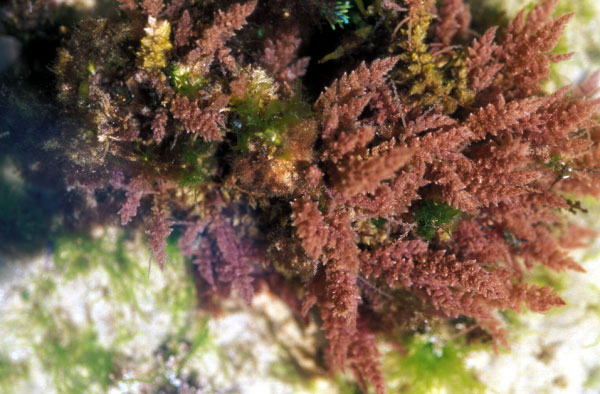Detection of macroalgae blooms by complex SAR imagery
Increased frequency and enhanced damage to the marine environment and to human society caused by green macroalgae blooms demand improved high-resolution early detection methods. Conventional satellite remote sensing methods via spectra radiometers do not work in cloud-covered areas, and therefore cannot meet these demands for operational applications. We present a methodology for green macroalgae bloom detection based on RADARSAT-2 synthetic aperture radar (SAR) images. Green macroalgae patches exhibit different polarimetric characteristics compared to the open ocean surface, in both the amplitude and phase domains of SAR-measured complex radar backscatter returns. In this study, new index factors are defined which have opposite signs in green macroalgae-covered areas, compared to the open water surface. These index factors enable unsupervised detection from SAR images, providing a high-resolution new tool for detection of green macroalgae blooms, which can potentially contribute to a better understanding of the mechanisms related to outbreaks of green macroalgae blooms in coastal areas throughout the world ocean.



